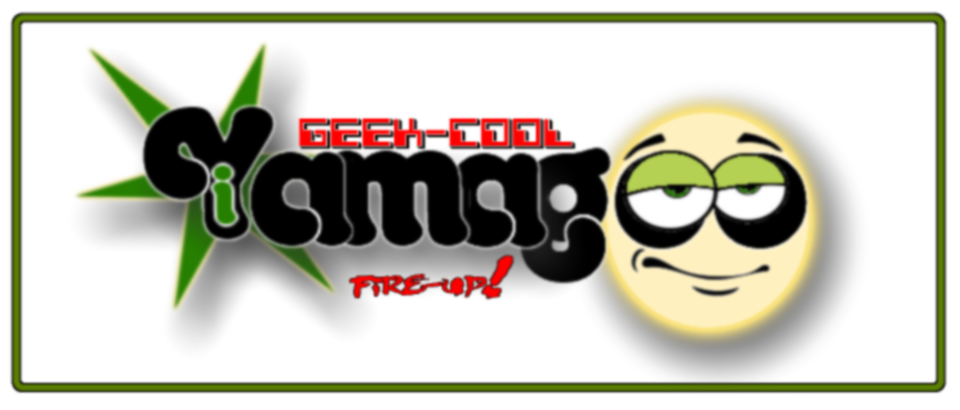
Each year, millions of eyes from all over the world are focused on the sparkling Waterford Crystal Times Square New Year's Eve Ball. At 11:59 p.m., the Ball begins its descent as millions of voices unite to count down the final seconds of the year, and celebrate the beginning of a new year full of hopes, challenges, changes and dreams.
But just what is that Ball? Where does it come from?
We're glad you asked.
History of the Times Square New Year's Eve Ball from Times Square Alliance
Revelers began celebrating New Year's Eve in Times Square as early as 1904, but it was in 1907 that the New Year's Eve Ball made its maiden descent from the flagpole atop One Times Square. This original Ball, constructed of iron and wood and adorned with 100 25-watt light bulbs, was 5 feet in diameter and weighed 700 pounds. In 1920, a 400 pound ball made entirely of iron replaced the original.

The Ball has been lowered every year since 1907, with the exceptions of 1942 and 1943, when its use was suspended due to the wartime "dimout" of lights in New York City. The crowds who still gathered in Times Square in those years greeted the New Year with a moment of silence followed by chimes ringing out from One Times Square.
In 1955, the iron ball was replaced with an aluminum ball weighing
 a mere 150 pounds. This aluminum Ball remained unchanged until the 1980s, when red light bulbs and the addition of a green stem converted the Ball into an apple for the "I Love New York" marketing campaign from 1981 until 1988. After seven years, the traditional Ball with white light bulbs and without the green stem returned to brightly light the sky above Times Square. In 1995, the Ball was upgraded with aluminum skin, rhinestones, strobes, and computer controls, but the aluminum ball was lowered for the last time in 1998.
a mere 150 pounds. This aluminum Ball remained unchanged until the 1980s, when red light bulbs and the addition of a green stem converted the Ball into an apple for the "I Love New York" marketing campaign from 1981 until 1988. After seven years, the traditional Ball with white light bulbs and without the green stem returned to brightly light the sky above Times Square. In 1995, the Ball was upgraded with aluminum skin, rhinestones, strobes, and computer controls, but the aluminum ball was lowered for the last time in 1998.For Times Square 2000, the millennium celebration at the Crossroads of the World, the New Year's Eve Ball was completely redesigned by Waterford Crystal. The new crystal Ball combined the latest in technology with the most traditional of materials, reminding us of our past as we gazed into the future and the beginning of a new millenium.
About "Time-Balls"
The actual notion of a ball "dropping" to signal the passage of time dates back long before New Year's Eve was ever celebrated in Times Square. The first "time-ball" was installed atop England's Royal Observatory at Greenwich in 1833. This ball would drop at one o'clock every afternoon, allowing the captains of nearby ships to precisely set their chronometers (a vital navigational instrument).
Around 150 public time-balls are believed to have been installed around the world after the success at Greenwich, though few survive and still work. The tradition is carried on today in places like the United States Naval Observatory in Washington, DC, where a time-ball descends from a flagpole at noon each day - and of course, once a year in Times Square, where it marks the stroke of midnight not for a few ships' captains, but for over one billion people watching worldwide.
The Times Square New Year's Eve Ball Today
The current version of the Times Square New Year's Eve Ball, designed by Waterford Crystal, made its first descent during the last minute of the 20th century, at the Times Square 2000 Celebration.
The Ball is a geodesic sphere, six feet in diameter, and weighs approximately 1,070 pounds. It is covered with a total of 504 Waterford crystal triangles that vary in size and range in length from 4.75 inches to 5.75 inches per side.
For the 2007 New Year's Eve celebration, 72 of the crystal triangles feature the new "Hope for Peace" design, consisting of three dove-like patterns symbolizing messengers of peace. The remaining 432 triangles feature Waterford designs from previous years, including the Hope for Fellowship, Hope for Wisdom, Hope for Unity, Hope for Courage, Hope for Healing, Hope for Abundance, and Star of Hope triangles. These crystal triangles are bolted to 168 translucent triangular lexan panels which are attached to the aluminum frame of the Ball. The exterior of the Ball is illuminated by 168 Philips Halogená Brilliant Crystal light bulbs, exclusively engineered for the New Year's Eve Ball to enhance the Waterford crystal. The interior of the Ball is illuminated by 432 Philips Light Bulbs (208 clear, 56 red, 56 blue, 56 green, and 56 yellow), and 96 high-intensity strobe lights, which together create bright bubbling bursts of color. The exterior of the Ball features 90 rotating pyramid mirrors that reflect light back into the audience at Times Square.
All 696 lights and 90 rotating pyramid mirrors are computer controlled, enabling the Ball to produce a state-of-the-art light show of eye-dazzling color patterns and a spectacular kaleidoscope effect atop One Times Square. The New Year's Eve Ball is the property of the building owners of One Times Square.

No comments:
Post a Comment
Comments are moderated and links are made DO Follow for indexing by search engines. Please be responsible and post only relevant links. Comment SPAM will not be tolerated.